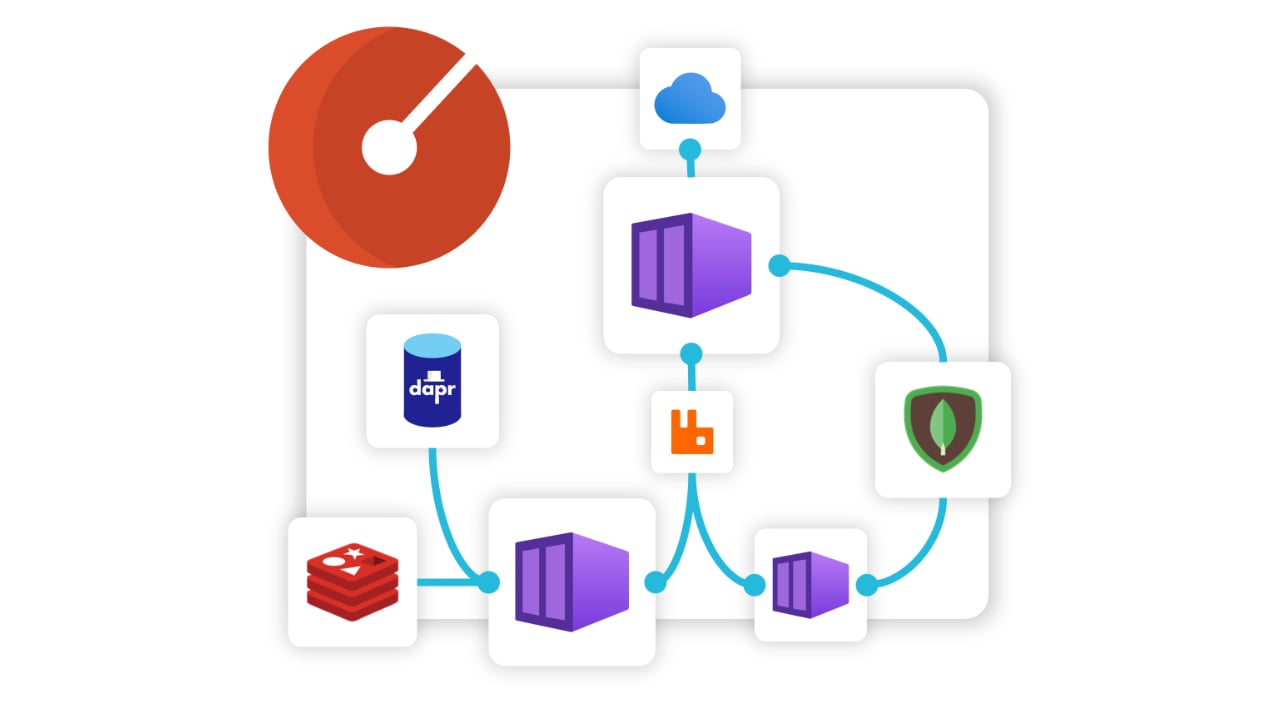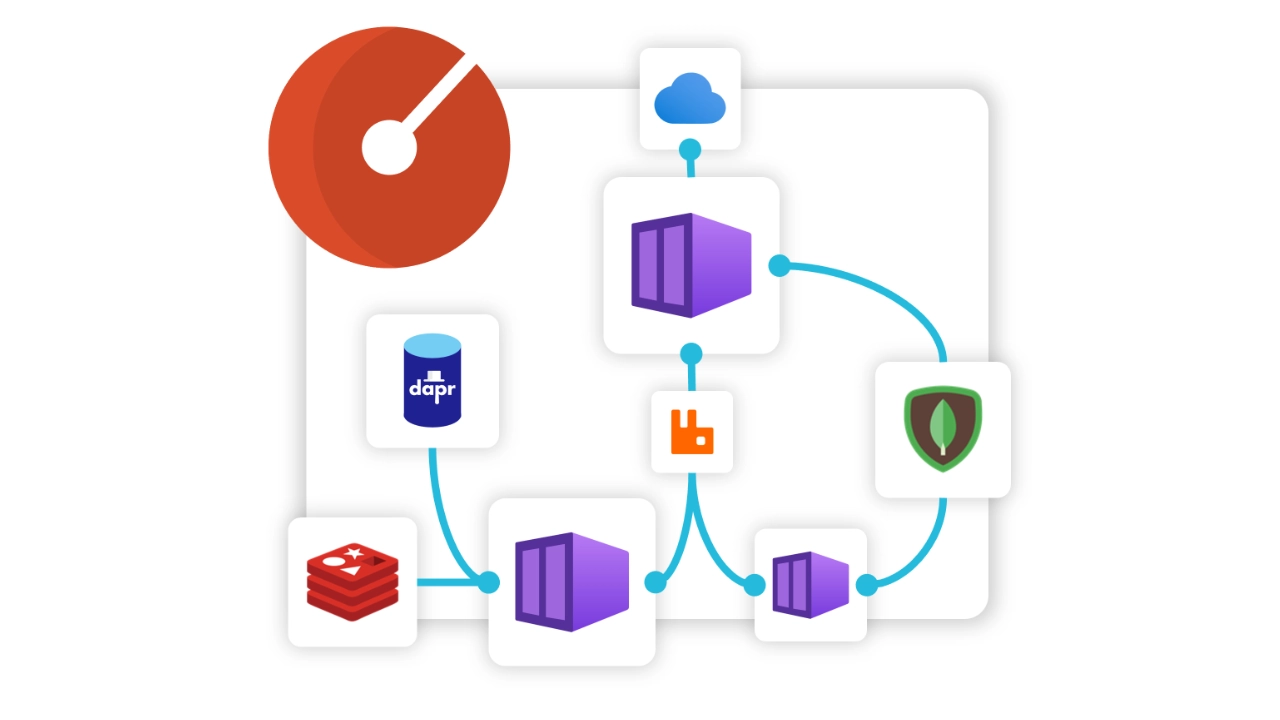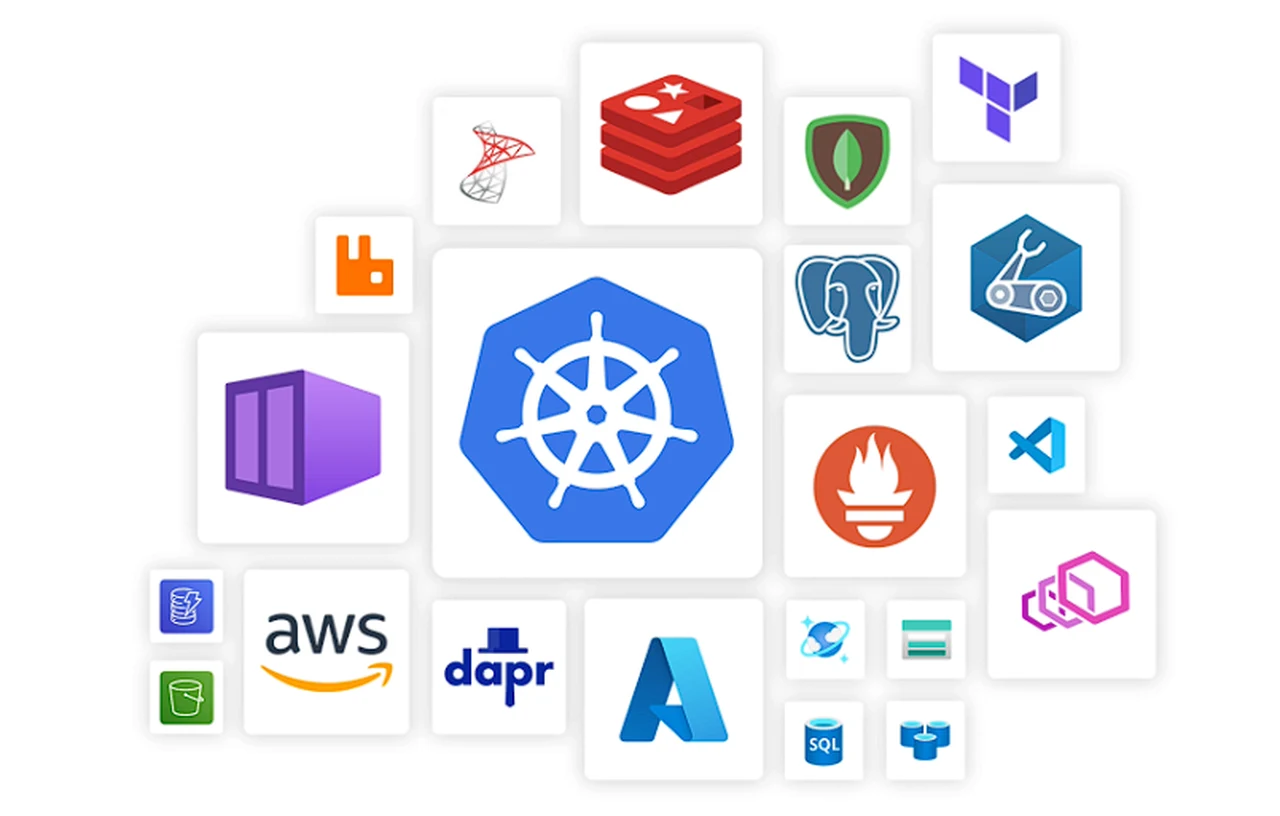
IBM has taken a bold step by incorporating an advanced AI model known as Mixtral-8x7B, which comes from the innovative minds at Mistral AI. This is a big deal because it means you now have access to a broader range of AI models to choose from, allowing you to tailor your AI solutions to fit your unique business needs perfectly.
The Mixtral-8x7B model is a powerhouse in the realm of large language models (LLMs). It’s designed to process data at lightning speeds, boasting a 50% increase in data throughput. This is a significant advantage for any business that relies on quick and efficient data analysis. Imagine reducing potential latency by up to 75%—that’s the kind of speed we’re talking about.
But speed isn’t the only thing this model has going for it. The Mixtral-8x7B is also incredibly efficient, thanks to a process called quantization. This technique shrinks the model’s size and reduces its memory requirements, which can lead to cost savings and lower energy consumption. And the best part? It does all this without compromising on its ability to handle complex data sets.
Mistral AI Model on watsonx
IBM’s strategy is all about giving you options. With a diverse range of AI models on the Watsonx platform, you can pick and choose the tools that best fit your business operations. The Mixtral-8x7B model is a testament to this approach, offering versatility for a variety of business applications. Collaboration is at the heart of IBM’s model development. By working with other AI industry leaders like Meta and Hugging Face, IBM ensures that its Watsonx.ai model catalog is stocked with the latest and greatest in AI technology. This means you’re always getting access to cutting-edge tools.
The Mixtral-8x7B model isn’t just fast and efficient; it’s also smart. It uses advanced techniques like Sparse modeling and Mixture-of-Experts to optimize data processing and analysis. These methods help the model manage vast amounts of information with precision, making it an invaluable asset for businesses drowning in data. IBM’s global perspective is evident in its recent addition of ELYZA-japanese-Llama-2-7b, a Japanese LLM, to the Watsonx platform. This move shows IBM’s dedication to catering to a wide range of business needs and use cases across different languages and regions.
Looking ahead, IBM isn’t stopping here. The company plans to keep integrating third-party models into Watsonx, constantly enhancing the platform’s capabilities. This means you’ll have an ever-expanding toolkit of AI resources at your disposal. So, what does IBM’s integration of the Mixtral-8x7B model into Watsonx mean for you? It signifies a major leap forward in the company’s AI offerings. With a focus on increased efficiency, a robust multi-model strategy, and a commitment to collaboration, IBM is well-equipped to help you leverage AI for a competitive edge in your industry. Whether you’re looking to innovate, scale, or simply stay ahead of the curve, IBM’s Watsonx platform is becoming an increasingly valuable ally in the fast-paced world of enterprise AI. Here are some other articles you may find of interest on the subject of Mixtral and IBM watsonx :
Filed Under: Technology News, Top News
Latest timeswonderful Deals
Disclosure: Some of our articles include affiliate links. If you buy something through one of these links, timeswonderful may earn an affiliate commission. Learn about our Disclosure Policy.















